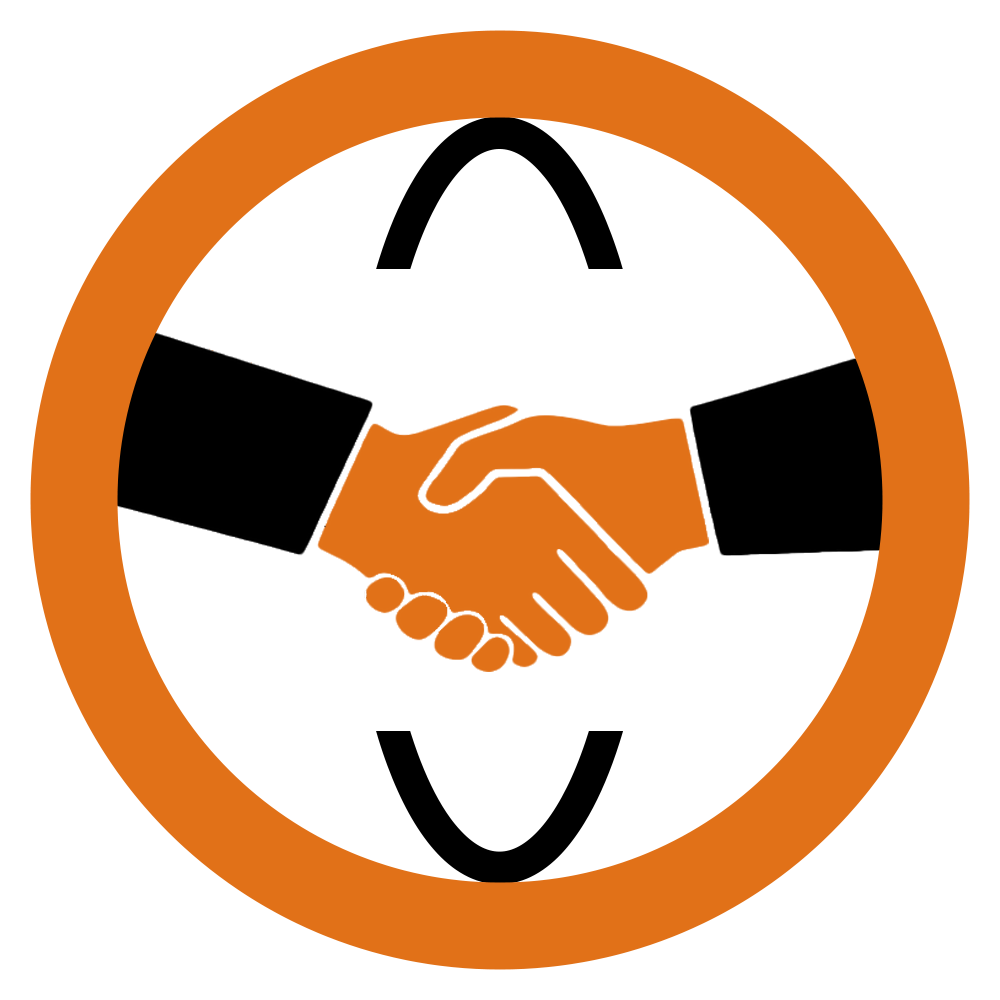Women’s Clothing: Production Process, Features, Export Opportunities, and Market Challenges
The women’s clothing industry is one of the most dynamic and diverse segments in the global fashion market, encompassing various types of garments and accessories designed and produced for different activities and occasions. These include formal, casual, sports, evening, workwear, and more, all designed in different styles, colors, and materials. The market for women’s clothing is characterized by a wide diversity of brands, styles, and prices, with new designs and colors introduced every season. This article explores the production process, types and features of women’s clothing, its export potential, and the domestic and international market opportunities and challenges.
Production Process of Women’s Clothing
- Design and Development:
– Trend Analysis: Studying current fashion trends and consumer preferences.
– Design and Sketching: Creating initial sketches and designs for new collections.
– Material Selection: Choosing fabrics, colors, and suitable accessories.
- Pattern Making and Prototyping:
– Pattern Creation: Developing patterns based on designs.
– Prototyping: Producing initial samples to evaluate design, fit, and fabric.
- Fabric Cutting and Sewing:
– Fabric Cutting: Cutting selected fabrics based on patterns.
– Sewing: Assembling cut pieces using industrial sewing machines.
- Quality Control and Finishing:
– Quality Inspection: Checking garments for defects and ensuring high quality.
-Finishing Touches: Adding final details like buttons, zippers, and labels
- Packaging and Distribution:
– Packaging: Packaging finished garments for shipment.
-Distribution: Distributing products to retailers or directly to consumers.
Types and Features of Women’s Clothing
Women’s clothing includes a wide range of garments and accessories designed for various activities and occasions:
– Formal Wear: Elegant and formal attire for special occasions and events.
– Casual Wear: Comfortable and stylish clothing for everyday wear.
– Sports Wear: Functional and fashionable attire for sports activities.
– Evening Wear: Glamorous and sophisticated clothing for evening events.
– Workwear: Professional attire suitable for work environments.
– Accessories: Including scarves, bags, jewelry, and shoes.
Each category of women’s clothing comes in different designs, colors, and materials to cater to diverse preferences and occasions. Seasonal collections introduce new designs and styles, keeping the market dynamic and appealing.
Export of Women’s Clothing
Iran has significant potential in the women’s clothing industry, offering competitive designs and prices with the use of local craftsmanship. Iranian women’s clothing can be attractive in international markets due to:
Opportunities:
– Global Demand: Continuous global demand for diverse and stylish women’s clothing.
– Cultural Appeal: Unique designs and traditional elements appealing to international consumers.
– E-commerce Growth: Expansion of online retail platforms facilitating global access and sales.
Challenges:
– International Competition: Competing with established global brands in terms of quality and design.
– Regulatory Hurdles: Addressing import regulations and trade policies of different countries.
– Market Penetration: Establishing brand recognition and customer loyalty in foreign markets.
Domestic and International Market Opportunities
The women’s clothing market offers abundant opportunities for growth and development:
– Domestic Market: With a young and fashion-conscious population, there is a high demand for trendy and affordable women’s wear.
– International Market: Entry into high purchasing power markets and fashion-conscious consumers can boost exports.
The women’s clothing industry holds immense potential for growth and can become a significant contributor to the national economy. By focusing on quality, innovative designs, effective marketing strategies, and addressing challenges such as competition and regulatory barriers, the women’s clothing sector can solidify its position in the global fashion industry.

